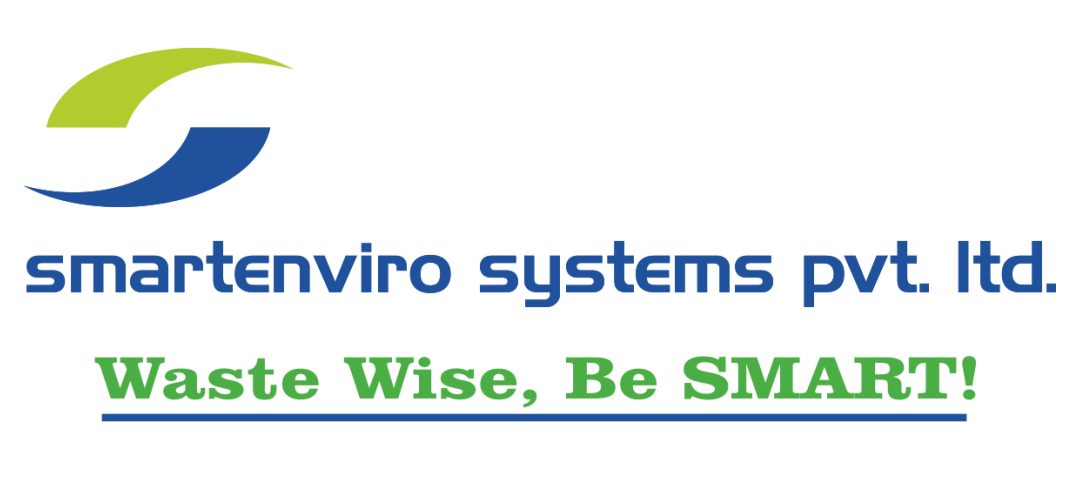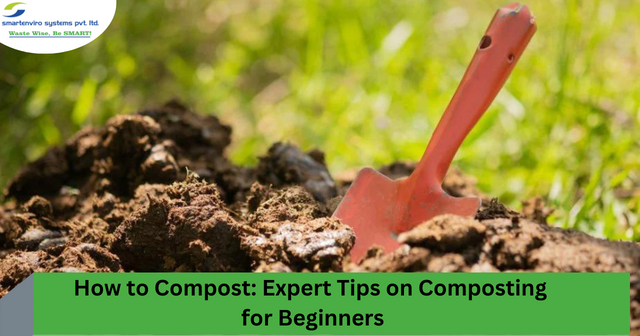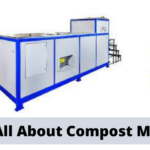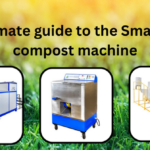Shelter-in-place sheltering rules were already squandering 25 percent of the food supply of Indian households before the Coronavirus pandemic. As COVID-19 spreads, more people have been eating at home to prevent food waste. The state and municipal governments in many states have put on hold many composting projects due to issues with food waste. A waste composting machine that operates independently of humans can produce better compost.
Composting with compost maker machines at home is an excellent option if you want to lessen your environmental footprint and save money on garbage collection but don’t live in a community that offers composting services. Here we clarify some naturally occurring questions about composting (such as how to prevent rats from getting in). So we consulted with a pair of soil and compost experts for their best advice on the subject.
Why Compost?
Rather than ending up in landfills, composted food scraps and “trash” become a new resource for gardening and farming. You are essentially feeding the earth since compost contains billions of helpful microbes. Compost improves soil fertility and aids in nutrient retention and water retention. “Compost is incredible.” Regarding the organic waste compost machine or waste to compost machine, the 3R concept (i.e. it’s all about reducing, recycling, and reusing.
Collecting food wastes and transporting them to a compost drop-off place is the simplest method to get started composting; many farmers’ markets and NGOs accept compost, and some cities even offer collection sites and curbside compost pickup. Nonetheless, due to safety concerns and reduced funding due to COVID-19, many of these more extensive composting initiatives, especially those in cities, have been discontinued. The loss is devastating for those who work to reduce food waste and the environment, but it should serve as a wake-up call for people to begin composting at home. The good news is that what you create may be superior to what the government would make (and sell).
Learning the Basics
After settling on composting as an activity, you’ll need to determine a strategy or approach. Hot composting and worm composting, also known as vermicomposting, are the two most common techniques. Hot composting combines food waste scraps with dry materials like leaves, straw, and paper and is an aerobic process requiring oxygen, water, and carbon-rich materials. “The key to composting effectively; is to know a few basics.”
Most individuals will create a hot compost pile when they have access to the outside area, such as a backyard or roof. In addition to food scraps, you’ll need access to three key ingredients: water, air, and carbon-rich materials (sometimes known as brown materials). A happy compost pile means a healthy environment for microorganisms. A fresh compost pile should contain 40 and 60 percent water because they require air and need moisture, more moisture than people assume. Squeezing a handful of your mixture should yield the same results as squeezing a wrung-out sponge. A waste composter is a machine or equipment that breaks down organic waste, such as fruit and vegetable scraps, dead plants, and other debris.
It would help if you also had a regular supply of carbon-rich materials to get a compost pile going, such as leaves, woodchips, straw, sawdust, shredded paper, and the like. “All living things need carbon and nitrogen. In addition, most living organisms require between 20 and 30 times more carbon than nitrogen.
Tips for Efficient Composting
Composting is “like cooking; it’s about the recipe” after you have the essentials. Start a compost pile by combining food waste (about 1 part) with carbon-rich materials (about two parts) and water (about three parts) and stirring the mixture every so often to aerate it. While many composters vigorously manage their piles, ensuring the optimum combination of components for ideal temperatures and the best environment for food to break down there are also passive composters who like to “dump and run.” The food waste compost machine by Smartenviro is the most cutting-edge composter today since it uses a new mechanism to decompose and repurpose any organic waste.
Whatever end of the scale you find yourself on, remember the golden rule of compost management: always cover your food waste. The common misconception is that it will decompose by just piling banana peels on top of leaves and yard waste. A watermelon rind will attract fruit flies, and rotting food will attract maggots, so it’s best not to leave any remnants out in the open. Several organisms can survive in your compost pile, so it’s not horrible, but you probably don’t want to see it. Use dry leaves, wood chips, or other carbon-rich materials to cover your food scraps every time you empty your bin to keep the flies away.



